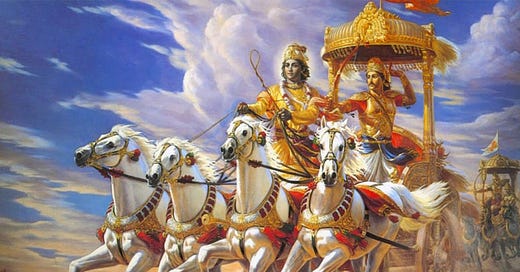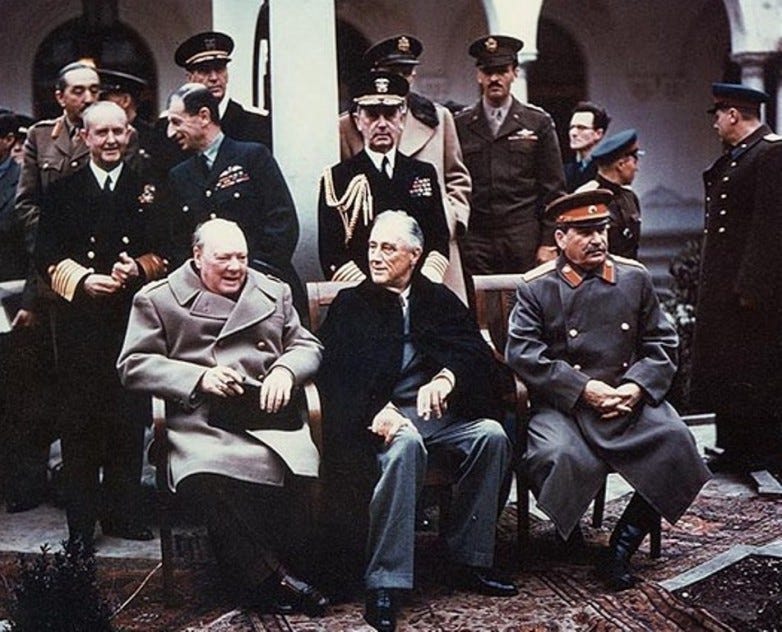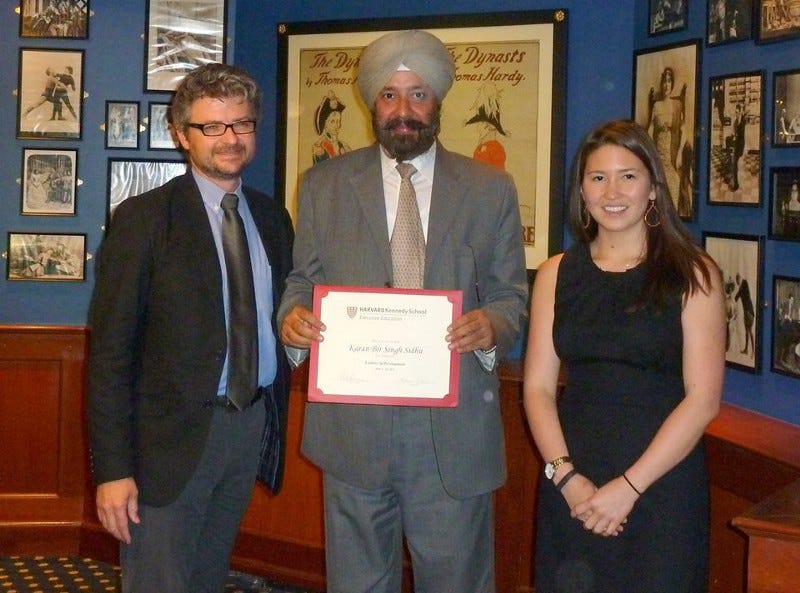"Leader-Manager Continuum": A 21-point Analytical Framework for Unravelling the Distinctive Attributes
Balancing Vision and Execution: A Comprehensive Examination of the Key Traits That Differentiate Leaders and Managers on a Shared Continuum.
Of Leaders and Managers
Deciphering the nuanced differences between a leader and a manager is an intriguing exploration, often subject to diverse interpretations. However, it becomes particularly insightful when one considers the sterling examples of leadership and management demonstrated by iconic figures like Abraham Lincoln and Mahatma Gandhi.
Abraham Lincoln, the 16th President of the United States, deftly straddled the line between leadership and management during one of the most tumultuous times in American history: the Civil War. As a leader, Lincoln was able to articulate a clear and compelling vision of unity, steering the country through the turbulent waters of conflict. Simultaneously, he displayed exemplary managerial skills, handling strategic decisions, and resource allocations, which were critical to the Northern victory.
On the other side of the globe, during the same historical period, Mahatma Gandhi embarked on a different kind of war – the struggle for India's independence. His leadership, based on the principle of non-violence, inspired millions to join the freedom struggle. Yet, he was also a manager par excellence, organizing and orchestrating mass movements such as the Salt Satyagraha March and the Quit India Movement.
Dictionary definitions
Though separated by geography and context, both Lincoln and Gandhi encapsulated the essence of leadership and management in their unique ways, demonstrating that these roles are not binary but exist on a continuum. Defined by the Oxford Dictionary, a manager is "a person responsible for controlling or administering an organization or group of staff", while a leader is "the person who leads or commands a group, organization, or country." Although these definitions stand in contrast, they are not mutually exclusive. Rather, they represent different points on a continuum, from 0 to 100, where each person holds a unique place based on their dominant qualities.
This article invites you to reflect on this leader-manager continuum. As you delve into the subsequent comparison of the 21 differentiating characteristics between a leader and a manager, we encourage you to self-assess your position on this continuum, weighing whether your professional qualities lean more towards management or leadership.
20+1 point framework
Trust vs. Mistrust: Managers might operate under a system of mistrust, focused on monitoring their subordinates' actions. Conversely, leaders build their interactions on the solid foundation of trust, fostering a positive environment.
Individual Unit vs. Organization Wide Goals: Managers tend to concentrate on the objectives of their individual units, while leaders envision the goals of the entire organization.
Blame vs. Credit: A manager might apportion blame, emphasizing responsibility enforcement. On the other hand, a leader distributes credit, acknowledging individual and collective efforts.
Penalties vs. Incentives: Managers often rely on penalties as a motivational tool, while leaders use incentives to motivate their teams.
Duty vs. Sacrifice: The manager calls for people to do their duty. In contrast, the leader appeals for sacrifices, inspiring their followers to go above and beyond the call of duty.
Subordinates vs. Followers: Team members under a manager are seen as subordinates, while a leader views their team as followers who chose to align with their vision.
Rules and Procedures vs. Ideals and Principles: Managers emphasize adherence to rules and procedures. Leaders, however, are guided by ideals, principles, and mission.
Respecting Hierarchy vs. Encouraging Potential Winners: Managers respect and operate within the established hierarchy, whereas leaders see hierarchy as fluid, encouraging potential winners to rise.
Bell-Curve vs. Outlier: A manager typically resides within the top 5% of the Bell-curve, while a leader is often an outlier, redefining norms and exceeding expectations.
Fear vs. Empowerment: Managers may fear their second-in-command as potential replacements. In contrast, leaders empower and build a robust second line of command.
Stating vs. Listening: A manager often states directions, while a leader tends to listen more, fostering open communication.
Avoiding Failure vs. Seeking Success: Managers try to avoid failure, focusing on maintaining the status quo. Leaders, however, strive for success, driving their team towards ambitious goals.
Blueprint Approach vs. Feedback Incorporation: Managers follow a top-bottom blueprint approach. Leaders, on the other hand, welcome feedback and integrate it for operational flexibility.
Risk-Averse vs. Risk-Taking: Managers tend to be risk-averse, preserving existing structures. Leaders are inherently risk-taking, pushing boundaries to explore new possibilities.
Discourse vs. Interchange: Managers tend to dominate discussions, while leaders encourage open conversation, fostering a culture of exchange and collaboration.
Improvisation vs. Innovation: Managers improvise to tackle situations, often opting for quick fixes. Leaders focus on innovation, seeking novel solutions to problems.
Labels and Titles vs. Beyond Labels and Titles: Managers value labels and titles as symbols of authority and status. Leaders look beyond labels and titles, focusing more on the value individuals bring to the organization.
External Advice vs. Introspection: Managers often seek advice from external consultants to navigate challenges, while leaders engage in regular introspection to improve and evolve.
Sympathy vs. Empathy: Managers may dole out sympathy to their subordinates. However, leaders extend empathy, understanding and sharing the feelings of their followers.
Written Communication vs. Oral Communication: Managers may rely heavily on written communication for clarity and record-keeping. In contrast, leaders value oral communication for its ability to build personal connections and facilitate immediate feedback.
Discouraging Dissent vs. Encouraging Discussion: Managers may discourage dissent, aiming for uniformity in execution. Leaders, however, encourage open discussions, welcoming diverse opinions and fostering a culture of inclusion.
As we traverse the intriguing landscape of leadership and management, we find profound guidance in the ancient wisdom of the Mahabharata, particularly in the teachings of Lord Krishna. As an avatar of Lord Vishnu, Lord Krishna epitomizes both exceptional leadership and adept management.
Throughout the epic, Krishna masterfully leads with vision and charisma, inspiring and guiding the Pandavas with wisdom and foresight. Yet, he also exhibits impeccable management skills, effectively orchestrating the grand narrative while navigating complex alliances, managing diverse personalities, and steering intricate strategies.
Lord Krishna’s profound wisdom, encapsulated in the Bhagavad Gita, is a beacon for leaders and managers alike. His advice to Arjuna, "Yoga is skill in action" (योगः कर्मसु कौशलम्) encapsulates the balanced approach between inspiration and execution that we must strive for in our professional lives.
So, where do you, the reader, find yourself on this leader-manager continuum? Are you primarily a manager, focusing on the intricate execution of tasks and resources? Or do you resonate more with the role of a leader, driven by vision and inspiration? Or perhaps, like Krishna, you embody a harmonious blend of both, fluidly transitioning between roles as circumstances demand?
In concluding, we invite you to introspect and assess your position in this delicate balance of leadership and management1. Embrace the wisdom of Lord Krishna, and harness the duality of inspiration and execution in your professional journey. As you do, we look forward to hearing your insights and reflections on this compelling continuum.
Attributes of Leadership
Leadership is not about title, command and control and hierarchy Pursuit of leadership, like spiritualism, is very much in demand these days. A large number of self-styled training gurus, life…








